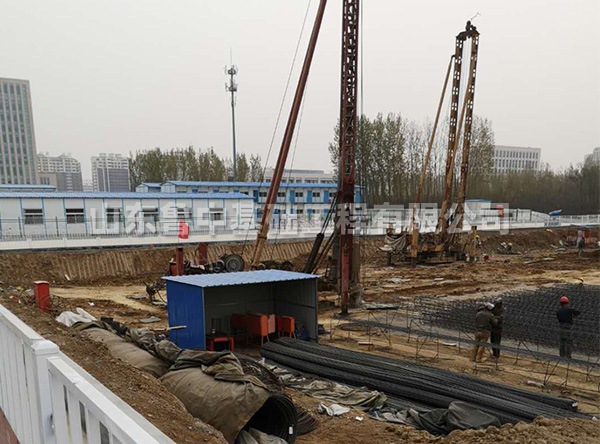欢迎访问山东鲁中基础工程有限公司官方网站!
咨询服务电话:
15153338000
欢迎访问山东鲁中基础工程有限公司官方网站!

控制工程的发展
公元前1400年至公元前1100年,自动计时漏壶先后出现在中国、埃及和巴比伦,人类有了最早的控制观念。
公元 100 年,亚历山大的英雄发明了一种自动计时装置,用于打开和关闭寺庙的门和分配圣水。
1788年,英国人J.瓦特用离心调速器控制蒸汽机的转速,成为第一次工业革命的标志性成就。
l1948:N. Wiener 发表《Cybernetics》,标志着经典控制理论的基本形成;经典控制理论以传递函数为基础,主要研究单输入单输出(SISO)系统的分析与控制问题。
1954年:钱学森在美国发表英文《Engineering Cybernetics》,率先将控制论扩展到工程技术领域。
自动控制系统的基本概念
控制系统的工作原理:
1.检测输出量(控制量)的实际值
2.将输出的实际值与给定值(输入)进行比较
比较偏差;
3、利用偏差值产生控制调整效果,消除偏差,使输出量保持理想的输出。
由于输出反馈的存在,上述系统在存在不可预知的扰动的情况下,能够自动减小系统输出与参考输入(或任何变化的任何期望状态)之间的偏差,因此称为反馈控制。
显然:反馈控制是以偏差为基础的,其控制方式是“检测偏差,再修正偏差”。
控制理论在机械制造业中的应用
英语翻译:
Introduction to Basics of Control Engineering
Development of Control Engineering
From 1400 to 1100 BC, automatic timing clepsydra appeared in China, Egypt and Babylon one after another, and mankind produced the earliest thoughts of control.
In 100 AD, Hero of Alexandria invented an automatic timing device for opening and closing temple doors and distributing holy water.
In 1788, the British J. Watt used a centrifugal governor to control the speed of a steam engine, which became a landmark achievement of the first industrial revolution.
l1948: N. Wiener published "Cybernetics", marking the basic formation of classical control theory; classical control theory is based on transfer function, mainly studying the analysis and control of single-input-single-output (SISO) systems.
1954: Qian Xuesen published "Engineering Cybernetics" in English in the United States, and first extended cybernetics to the field of engineering technology.
Basic concept of automatic control system
The working principle of the control system:
1. Detect the actual value of the output (the controlled quantity)
2. Compare the actual value of the output with the given value (input)
Compare the deviation
3. Use the deviation value to produce a control and adjustment effect to eliminate the deviation, so that the output volume maintains the desired output.
Due to the output feedback, the above system can automatically reduce the deviation between the output of the system and the reference input (or the desired state of any change) in the presence of unpredictable disturbances, so it is called feedback control.
Obviously: the feedback control is based on the deviation, and its control method is "detect the deviation and then correct the deviation".
Application of Control Theory in Machinery Manufacturing Industry
The electromechanical industry is one of the most important pillar industries in my country, and traditional electromechanical products are developing in the direction of Mechatronics. The salient feature of mechatronics products or systems is control automation.
Electromechanical control products have high technical content and great added value. They have strong competitive advantages in the domestic and foreign markets, forming the mainstream of the development of mechatronics products.
At present, domestic and international electromechanical products, such as typical industrial robots, CNC machine tools, and automatic guided vehicles, have widely applied control theory.
